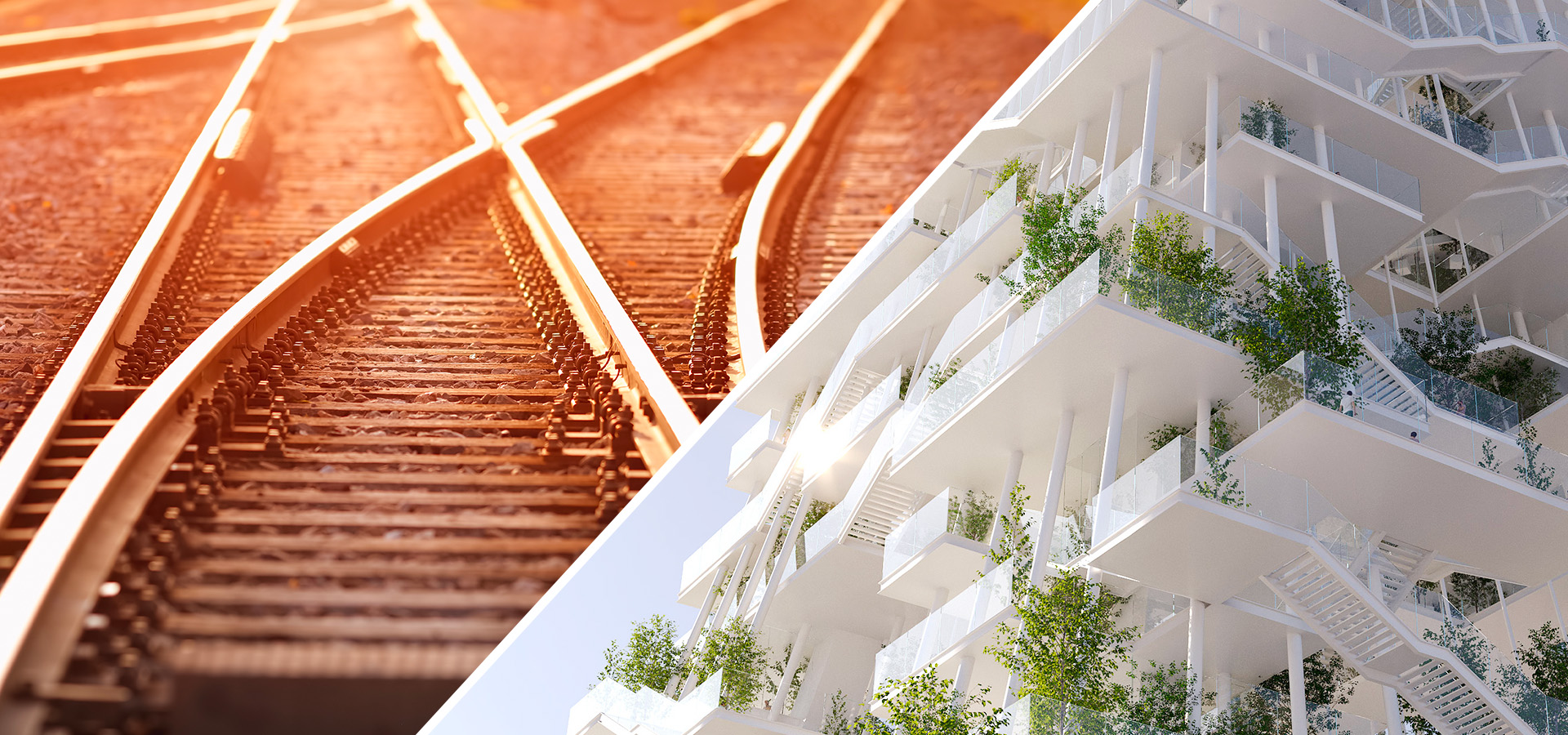EARLIER LOGISTICS ARE EFFICIENT LOGISTICS
Thinking about logistics earlier and gaining flexibility to make decisions that can reduce the carbon footprint of a project, as well as building greater resilience to supply chain disruption.
Smart logistics – the nerve center of effective building projects
Constructing any building involves significant logistical demands. Materials and modules come in different dimensions and weights; are often sourced from different manufacturers; and arrive by different routes and at different times. Integrating all these elements in a single vision and making sure they arrive on site exactly when needed is a considerable challenge.
By leveraging virtual twin capabilities – and performing Lifecycle Assessment at each step – project owners can build a smart logistics approach that lets them simulate these routes, compare these different suppliers and transport options, evaluate which option offers the best combination of cost, timing, and sustainability outcomes, and implement plans accordingly.
Smart logistics also enables greater resilience. As Mike Tyson put it: “everyone has a plan until they get punched in the face”. Disruptions happen all the time, and smart logistics – by providing 360° operations visibility – allows you to model and simulate different disruptive scenarios and develop contingency plans, ahead of time.
For the new tower project, the team used the 3DEXPERIENCE® platform as the central point for all their smart logistics design and planning. This acted as a single source of truth, giving every stakeholder – from architects to manufacturers to contractors – a place to communicate and plan frictionlessly.
Thanks to the holistic visibility provided by the virtual twin, design teams can act rapidly when choosing alternative logistical arrangements to maximize efficiency and minimize the carbon footprint, meaning KPIs could be tracked and met throughout. All this makes for a lower-carbon, more agile, and more resilient construction process.
A deep dive into logistics
In this testimonial of our expert, Victor Becerra, learn more about how the 3DEXPERIENCE® platform enables early optimization of logistics across the entire supply chain, reducing its overall carbon footprint and making it more resilient to disruption.
Thanks to the 3DEXPERIENCE® platform, logistics companies can visualize, manage and optimize their operations to make them efficient, resilient and sustainable from the beginning
Discover more about the future of Infrastructure and Cities
What’s next? How to act now? How to measure your impact and identify the skills to transform?
Deep Dive Now
© design of the new tower by Nicolas Laisné Architectes

